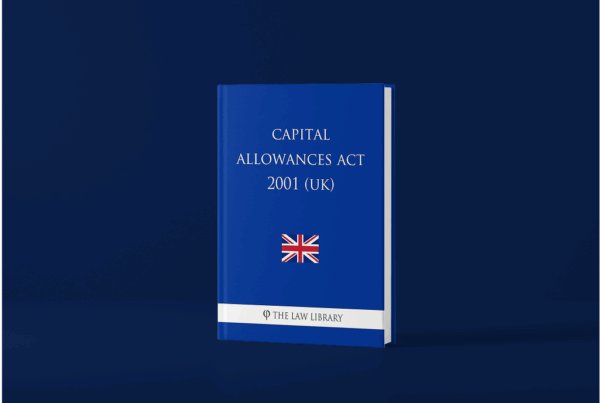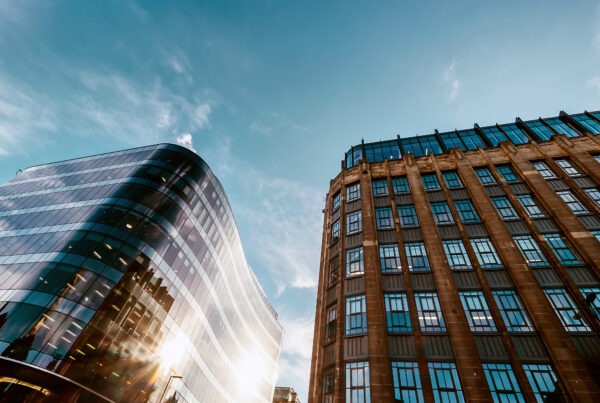James Telling, Head of Development and Acquisitions – 21st June
The commercial real estate sector had some interesting challenges in 2020 due to COVID-19 and its safe to say they have continued in 2021. Some sectors were heavily affected with downturns while other industries experienced exponential growth across new and existing markets.
Commercial buildings that were previously filled with the hustle and bustle of office workers stood empty. Retail, fitness and hospitality businesses were forced to close their doors due to the restrictions – everyone doing their best to keep our communities safe.
Businesses also developed new ways to operate under the restrictions. The office sector rolled out significant changes in setting workers up at home with cabling, office equipment, computers, desks and chairs. There were changes to business layouts and workstations to adhere to the 1.5 metre distancing ruling as well as 4sqm and 2sqm restrictions. Many businesses even chose to let go of their leases as they couldn’t sustain the businesses outgoings.
There was an increase in commercial property vacancies and owners were left wondering how to hold onto the property. Many investors opted to complete a refurbishment, where they could – some changed the office space into residential living and some diversified and invested in commercial properties such as childcare.
JLL recently stated:
‘The pandemic shook up commercial property in 2020, halving transaction volumes from a year earlier, as the market took a breather on transactions between March and July, when much of the country was in lockdown. But as it bounced back it set the stage for several themes that would play out this year.
The pandemic also pushed many investors to expand into alternative assets, such as childcare, healthcare and data centre property, which were less tied to the broader economy than mainstream commercial sectors such as traditional office space.”
In terms of an opportunity for your current assets, capital allowances still remain one of the most useful and inexpensive resources available for commercial property owners to improve their overall position through mitigating corporate tax liabilities on embedded assets within a commercial property.
This is because commercial properties require considerable investment; the initial capital for the purchase of the property as well as the annual capital expenditure for its upkeep and maintenance. Careful tax planning, through a capital allowance claim, can lead to a significant relief on these investments.
Effective tax management for commercial properties go far beyond claiming basic items such as tables, lifts, heating and cooling systems. It includes claiming upon plant and machinery items and features within your commercial property.
HMA Tax works with commercial property owners across the UK in identifying thousands of pounds of capital allowances so that our clients receive significant ongoing tax relief.
Typically, we would expect to find around 26.5% of the original purchase value of the property in previously unidentified capital allowances, which in turn can be claimed as significant tax relief and benefits that improve cashflow for years to come.

If you own a commercial property and would like to find out more how your business could improve their tax situation, please call James Telling, Head of Development and Acquisitions on 01384 904090 or email james@hma.tax for more information.




